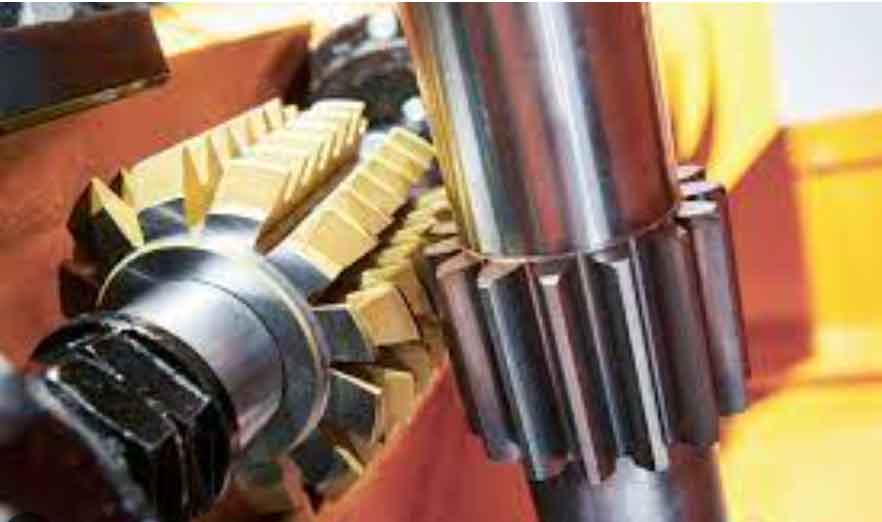
Gear hobbing is a commonly used manufacturing process for producing gears. It involves the creation of gear teeth by cutting them into a blank using a specialized cutting tool called a hob. The gear hobbing process typically includes several steps from concept to the final creation of the gears. Here’s a general overview of the gear hobbing process:
- Design and Concept: The first step in gear production is the design and concept phase. Engineers and designers work together to determine the required specifications of the gears, such as the gear module, tooth profile, pressure angle, and other parameters. They may use computer-aided design (CAD) software to create a virtual model of the gear, ensuring it meets the desired requirements.
- Material Selection: Once the gear design is finalized, the appropriate material for the gears is selected. Common gear materials include steel alloys, cast iron, brass, and various non-ferrous metals. The material selection depends on factors like the application, required strength, durability, and cost.
- Blank Preparation: In this step, a cylindrical workpiece called a gear blank is prepared. The gear blank is typically machined or forged to approximate the desired shape and size. The blank’s outer diameter matches the gear’s pitch diameter, and its length corresponds to the required gear width.
- Setup and Mounting: The gear blank is mounted onto a gear hobbing machine. The machine consists of a hobbing tool, a workpiece spindle, and a hob arbor. The gear blank is securely fixed to the spindle, and the hob, which is a cylindrical tool with cutting teeth, is mounted on the hob arbor.
- Hobbing Operation: During the hobbing operation, the gear blank and the hob rotate simultaneously. The hob is fed into the gear blank’s surface, gradually cutting the teeth into it. The teeth are formed by the profile of the hob, which is designed to create the desired tooth geometry. As the hob and gear blank rotate, the cutting action generates the gear teeth progressively.
- Finishing and Quality Control: After the hobbing process is complete, the gears undergo a finishing process to improve their surface finish and accuracy. This may involve operations like grinding, shaving, or honing, depending on the required specifications. Quality control checks, such as dimensional measurements, hardness testing, and visual inspections, are performed to ensure the gears meet the specified requirements.
- Heat Treatment and Additional Processes: In some cases, the gears may undergo heat treatment processes like carburizing, quenching, or annealing to enhance their hardness, strength, or durability. Additionally, other secondary processes like deburring, coating, or final surface treatment may be applied as needed.
- Assembly and Integration: Once the gears are ready, they are assembled into the final product, such as a gearbox or transmission system. Gears are carefully matched and mounted on shafts, ensuring proper alignment and meshing with other gears in the system. This assembly process may involve additional steps specific to the particular application.
The gear hobbing process involves a series of steps, from initial design and concept to the final creation of the gears. Each stage requires precision and expertise to produce gears with the desired specifications and quality.
